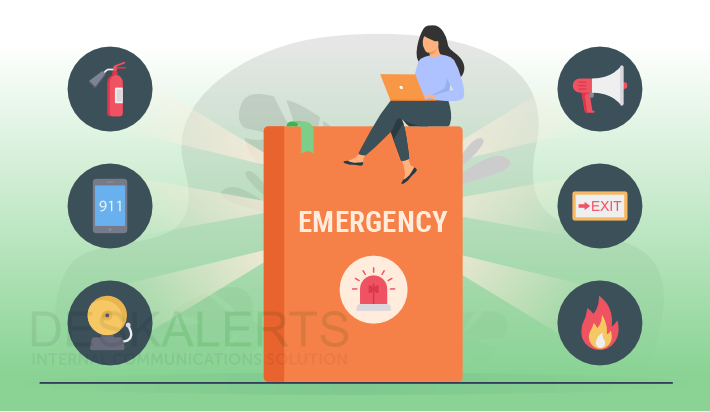Having a plan in place that you can enact as quickly as possible during an emergency is critical for your organization.
Emergencies can strike at any time: floods, fires, earthquakes, severe storms, gas leaks, accidents, terror attacks, bomb threats and active shooters – to name a few – can catch you off guard. In fact, most emergencies take place with little to no warning at all.
There isn’t time to start an emergency communications plan from scratch when you are in the thick of an emergency situation. But having one pre-prepared can help you to keep your staff safe and gain control of the situation as quickly as possible.
No two emergencies situations are the same. A good pre-prepared emergency communications plan will allow you to populate communications to your staff, the media, clients and other stakeholders quickly with details of the live situation as it unfolds.
When developing the plan you should:
- Set out your objective for the emergency communications plan
- Clearly set out the actions you would like to take in the event of an emergency – who are you going to communicate with, how will you communicate with them and when will you communicate with them?
- Spell out your organization’s policy regarding emergency communications including policies around social media, media management, announcements, alerts and other communications
- Understand who your audience(s) are – there are many potential audience groups who will have different information needs in a crisis
- Ensure you have an up-to-date list of internal contacts including cell and home phone numbers - you may need to contact people if they are unaccounted for during an emergency
- Ensure you have an up-to-date list of external contacts such as media, clients, stakeholders, vendors
- Determine who else needs to be notified in the event of an emergency – eg: senior management, CEO, board of directors
- Devise a plan to circulate information in the event of an emergency
- Set out an approvals process for sending emergency information that is appropriate for an emergency: if you need many people to sign off on the information, you will lose valuable time in an emergency situation
- Consider investing in an emergency alert notification system such as DeskAlerts to send through emergency notifications that are likely to reach as many members of staff as possible
- Establish an evacuation plan for your building(s) that you can then incorporate into your communications plan
- Train appropriate staff members to be part of an emergency communications response team
- Create pre-written templates for announcements to staff (this can be done for DeskAlerts) as well as media statements, social media posts, call centre scripts and other communications material
- Identify who your spokespeople for an emergency situation may be and have them appropriately trained to do so
- Monitor media and social media during the emergency to follow both verified and unverified reports of the situation as it unfolds
- Identify steps that need to be taken to ensure business continuity and ways this will be communicated with staff, customers and other stakeholders
 Caroline Duncan
Caroline Duncan






